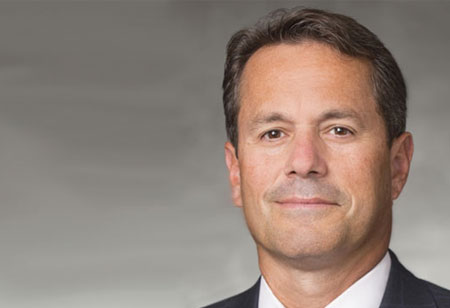Read Also
Your Application is Mostly Written by Strangers
Edwin Kwan, Head of Application and Software Security at Tyro Payments
ESG Performance - Why It's Crucial To Future Success
Jo-Anne Ruhl, vice president and managing director, Workday Australia and New Zealand.
Enterprise Digital Transformation is not for the faint hearted: Guiding principles for a enterprise-wide digital transformation
Linda Zeelie, Enterprise Digital Transformation Architect and Leader, Metlife and Nina Evans (Professorial lead: UniSA STEM, University of South Australia (UniSA))














 This year, the Technology Survey reported 16 percent female respondents (compared to 14 percent in APAC), a minuscule increase from the 13 percent who responded in 2013. The pace of change is glacial and at this rate, it will take decades before gender parity within the technology function is reached. However, there are green shoots of progress. Our recent Harvey Nash/ KPMG CIO Survey highlighted a positive outlook in terms of diversity advancement; some of the countries in APAC have made great strides in improving the diversity of their IT leadership. In Hong Kong, women now hold 22 percent of senior IT roles, placing it second in the world for female IT leadership, just behind Norway. China is now fourth in the global rankings, with Australia and New Zealand taking sixth and seventh places respectively. These findings highlight that whilst there is still much to do, diversity progress is being made in the region.
This year, the Technology Survey reported 16 percent female respondents (compared to 14 percent in APAC), a minuscule increase from the 13 percent who responded in 2013. The pace of change is glacial and at this rate, it will take decades before gender parity within the technology function is reached. However, there are green shoots of progress. Our recent Harvey Nash/ KPMG CIO Survey highlighted a positive outlook in terms of diversity advancement; some of the countries in APAC have made great strides in improving the diversity of their IT leadership. In Hong Kong, women now hold 22 percent of senior IT roles, placing it second in the world for female IT leadership, just behind Norway. China is now fourth in the global rankings, with Australia and New Zealand taking sixth and seventh places respectively. These findings highlight that whilst there is still much to do, diversity progress is being made in the region. ago. With the possibilities of Artificial Intelligence, Robotics, and Virtual Reality becoming tangible and increasingly mainstream, we are starting to see how these technologies can be used in a myriad ofcreative and exciting ways. As the survey revealed, technology is going to have a profound impact on the jobs markets and our lives within the next decade. Tech professionals need to continually seek to develop their skills and focus on self-learning as a key to career success, in order to stay one step ahead of the pace of change.
ago. With the possibilities of Artificial Intelligence, Robotics, and Virtual Reality becoming tangible and increasingly mainstream, we are starting to see how these technologies can be used in a myriad ofcreative and exciting ways. As the survey revealed, technology is going to have a profound impact on the jobs markets and our lives within the next decade. Tech professionals need to continually seek to develop their skills and focus on self-learning as a key to career success, in order to stay one step ahead of the pace of change.







